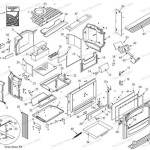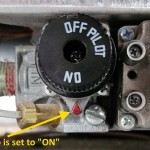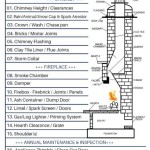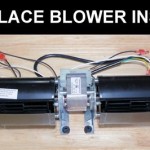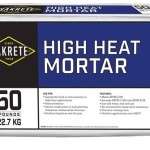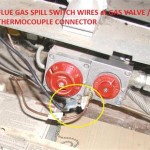Understanding Gas Fireplace Sidewall Vents
Gas fireplaces are a popular addition to homes, offering warmth and ambiance. However, proper ventilation is crucial for safe and efficient operation. Sidewall vents are a common method of venting gas fireplaces, offering flexibility in placement and aesthetics. This article delves into the intricacies of gas fireplace sidewall vents, explaining their function, advantages, and considerations.
How Sidewall Vents Work
Gas fireplaces require a way to vent combustion byproducts, such as carbon monoxide and water vapor, outdoors. Sidewall vents provide a pathway for these gases to escape the home safely. The vent system typically consists of a pipe that runs from the fireplace to the outside, usually through an exterior wall. The vent pipe is designed to withstand high temperatures and features a draft diverter to prevent backdrafting.
The vent pipe is typically made of stainless steel or galvanized steel, materials known for their durability and resistance to corrosion. Depending on the fireplace model and local building codes, the vent pipe may be single-wall or double-wall, with the latter providing better insulation and preventing potential heat loss.
Advantages of Sidewall Vents
Sidewall vents offer several advantages over other venting options, such as direct-vent or traditional chimney vents:
Flexibility in Placement
Sidewall vents allow for greater flexibility in fireplace placement, as they can be installed through an exterior wall in various locations, including near windows or corners. This provides homeowners with more design possibilities in their living space.
Aesthetic Appeal
Sidewall vents often come in discreet finishes, making them less obtrusive compared to traditional chimneys. They can be designed to blend seamlessly with the wall, minimizing visual impact and preserving the overall aesthetic of the room.
Cost-Effectiveness
Sidewall vents can be more cost-effective to install compared to other venting systems, especially when considering the expense of constructing a traditional chimney. This can make gas fireplaces with sidewall vents a more affordable option for homeowners.
Considerations for Sidewall Vents
While sidewall vents offer several advantages, they also require careful consideration to ensure safe and efficient operation:
Building Codes and Regulations
It's essential to consult local building codes and regulations before installing a gas fireplace with sidewall venting. These regulations may specify minimum vent lengths, clearances from combustible materials, and other requirements to ensure safety and compliance.
Professional Installation
Proper installation is crucial for the safe and efficient operation of sidewall vents. It is strongly recommended to hire a qualified and certified gas fireplace installer to ensure the vent system is installed according to manufacturer specifications and local codes.
Maintenance and Inspections
Regular maintenance and inspections are essential for sidewall vents to operate correctly. This includes checking the vent pipe for any blockages, cracks, or corrosion. Professional inspections should be conducted annually to ensure the vent system is functioning safely and effectively.
In conclusion, gas fireplace sidewall vents offer a versatile and aesthetically pleasing solution for venting combustion byproducts. By understanding their function, advantages, and considerations, homeowners can make informed decisions when choosing a venting system for their gas fireplace.
Gas Fireplace Venting Explained Heat Glo
Gas Fireplace Venting Explained Heat Glo

What Are The Best Ways To Vent A Gas Fireplace Zoroast

Icc Direct Vent Gas Venting Horizontal Termination Starter Kits

Icc Direct Vent Gas Fireplace Vertical Termination Starter Kits

Wall Mounted Gas Fireplace Vent Inspecting Hvac Systems Internachi Forum

What Are The Best Ways To Vent A Gas Fireplace Zoroast

Vkg 58 Direct Vent Ground Floor Horizontal Square Kit Vkg58 J3021

What Are The Best Ways To Vent A Gas Fireplace Zoroast

Power Vent Flare Fireplaces


